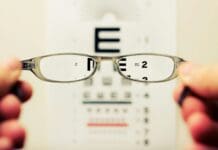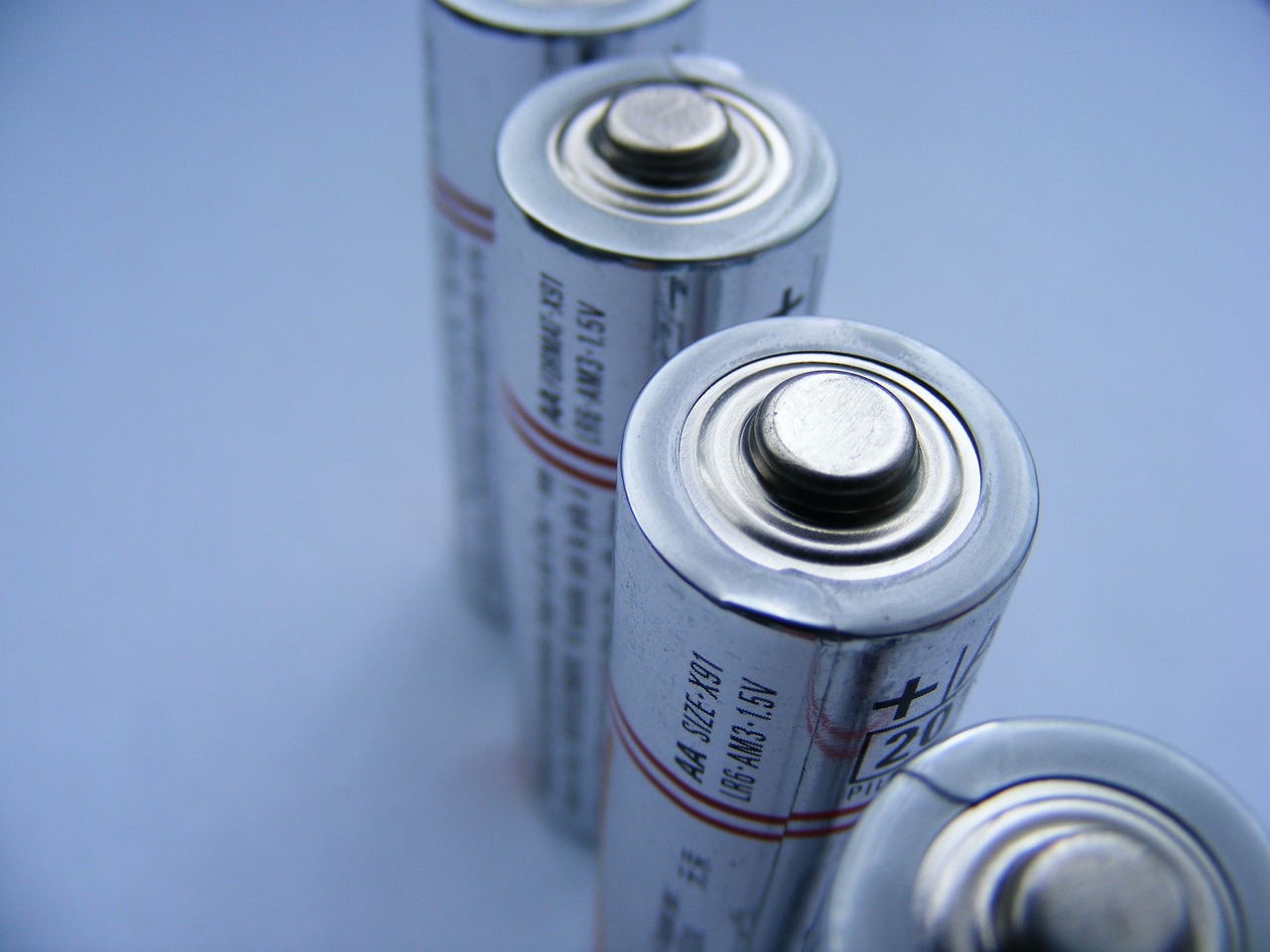This post is also available in:
 עברית (Hebrew)
עברית (Hebrew)
Researchers in Australia have introduced a flexible, wearable device designed to continuously monitor wound healing, potentially improving care for millions of patients. The technology, developed at RMIT University, enables real-time tracking of key healing indicators without requiring direct contact or frequent dressing changes.
At the core of the device is a sensor platform capable of detecting temperature, pH, and inflammatory markers—three key indicators of infection or delayed healing. Unlike conventional wound care methods, which often involve removing dressings to assess progress, this solution transmits data remotely via Bluetooth, helping clinicians monitor patients without disturbing the wound site.
According to the press release, the device is currently at the proof-of-concept stage, but initial lab tests show it conforms well to the body, even on curved areas like the arm—an important requirement for practical use in clinical environments. The design is intended to work under standard dressings and does not interfere with patient mobility or comfort.
In addition to its medical potential, the device has a strong sustainability profile. While many emerging smart bandages and biosensors are single-use, this system uses biocompatible, durable materials that support reusability. Researchers estimate that when scaled for mass production, the unit cost could fall below $5, opening the door for wide adoption in both well-funded and resource-constrained healthcare settings.
The sensor technology builds on a platform previously developed at RMIT for multi-biomarker detection. That same platform has already been used in other healthcare applications.
The low-cost, reusable nature of the device, paired with its compatibility with existing manufacturing methods, positions it as a practical alternative to current wound monitoring solutions. For patients with chronic wounds, this could mean fewer complications, faster intervention, and reduced strain on healthcare systems.
The full study has been published in Advanced NanoBiomed Research, highlighting the device’s potential to support more efficient, patient-friendly wound management.


























